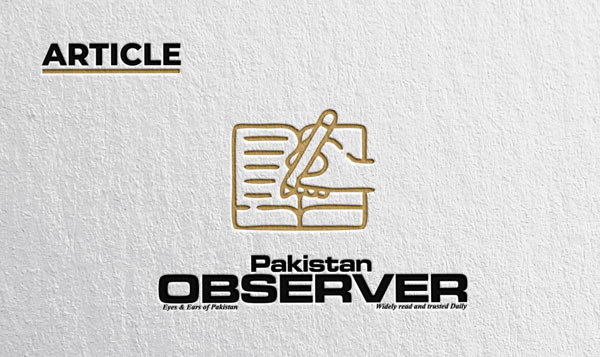PAKISTAN is facing an escalating water crisis driven by rapid population growth, climate change and inefficient water management.
Urban areas like Karachi, Lahore and Islamabad are struggling to provide clean water and rural areas are even more severely affected.
The government has had to impose restrictions on wastewater usage and delayed rainy seasons cause dams to dry up, worsening the situation.
Everyday water wastage from activities like washing cars, over-watering plants and poor irrigation practices by farmers, coupled with industrial pollution, further exacerbate the issue.
Additionally, the lack of proper maintenance of water pipelines leads to significant daily water loss.
Climate change and deforestation are reducing water availability and if not addressed, Pakistan faces severe water shortages, affecting agriculture, health and livelihoods.
One potential solution to this crisis is rainwater harvesting, a technique successfully implemented in countries like India and Australia.
Rainwater harvesting involves collecting and storing rainwater for various purposes, such as drinking, irrigation and industrial use.
Simple methods like collecting rainwater from rooftops into storage tanks can help mitigate water shortages, especially during droughts.
By minimizing reliance on surface and groundwater sources and using water storage tanks or recharging aquifers, rainwater harvesting can increase long-term water availability.
For farmers, rainwater harvesting is a sustainable solution to supplement irrigation, particularly in regions with limited rainfall.
Additionally, capturing rainwater helps prevent urban flooding by reducing runoff into streets and sewers.
Although beneficial, the widespread adoption of rainwater harvesting in Pakistan faces challenges.
A key issue is the lack of awareness about its benefits and technologies.
Many people are unaware of how it can address water scarcity.
Additionally, the initial cost of installing rainwater harvesting systems can be prohibitive for many, especially in rural areas.
Existing infrastructure is poorly maintained, making it difficult to implement such systems.
Moreover, Pakistan’s unpredictable climate, with varying rainfall patterns, complicates designing systems that can store water for dry periods.
To overcome these challenges, Pakistan must adopt a multi-pronged approach that involves government, communities and private stakeholders.
The government should introduce regulations that mandate rainwater harvesting systems in new buildings and urban planning projects.
To support these initiatives, subsidies and low-interest loans should be provided for installing rainwater harvesting systems.
Collaboration between government agencies, NGOs and the private sector is essential for large-scale implementation.
Public awareness campaigns through media, schools and community centers can help change attitudes toward water conservation.
Local workshops and training programs can empower communities to install and maintain their own systems, making them active participants in solving the water crisis.
Research institutions, universities and government agencies must collaborate to develop low-cost, efficient rainwater harvesting technologies suited to Pakistan’s climate and geography.
Investment in research and development will be key to improving these systems.
Additionally, digital monitoring systems can track water levels in storage tanks, ensuring efficiency and alerting users when maintenance is needed.
Integrating rainwater harvesting systems with existing irrigation networks can also enhance agricultural productivity and reduce dependency on traditional water sources.
In conclusion, rainwater harvesting offers a sustainable solution to Pakistan’s growing water crisis.
By adopting this practice, the country can improve water security, reduce pressure on existing resources and develop a resilient water infrastructure for the future.
—The author is associated with Sustainable Development Policy Institute, Islamabad (SDPI) (irfanrafi@sdpi.org)










